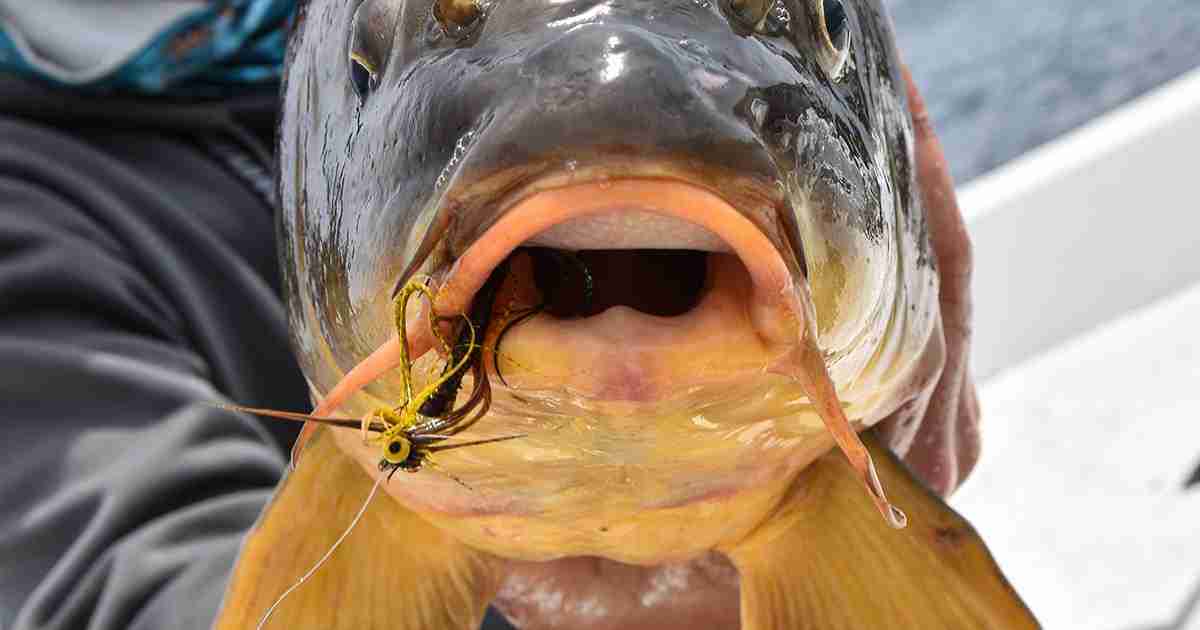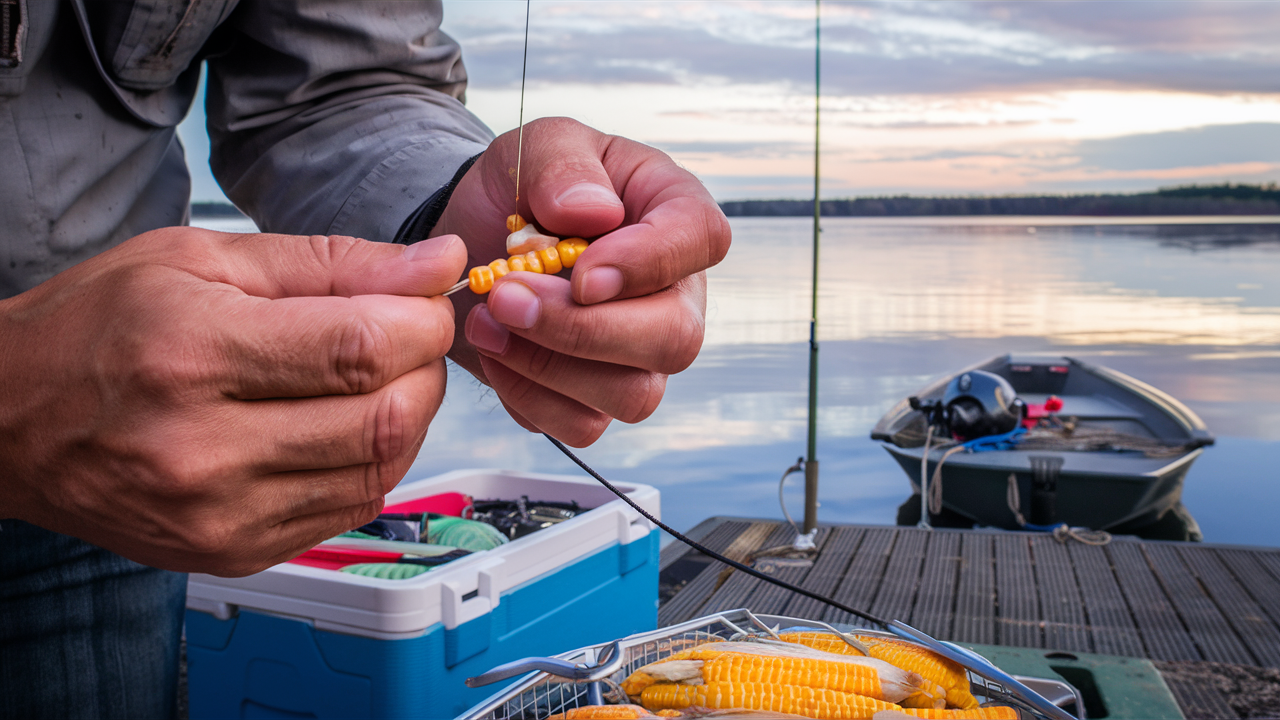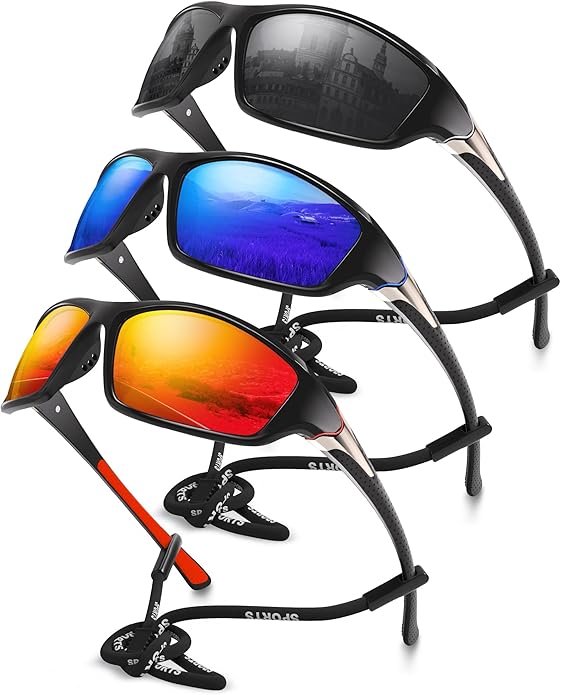
Fishing Glasses. Which ones to choose?

7 min read
After three decades casting lines in everything from murky farm ponds to crystal-clear mountain streams, I’ve learned that most anglers are completely blind to what’s happening underwater. Not because they lack experience, but because they’re wearing the wrong damn glasses.
That’s when it clicked for me - proper fishing eyewear isn’t just a comfort thing, it’s the difference between fishing and catching.
The Polarization Game-Changer
First things first - if you’re wearing non-polarized glasses while fishing, you might as well be wearing a blindfold. That’s not hyperbole, that’s physics.
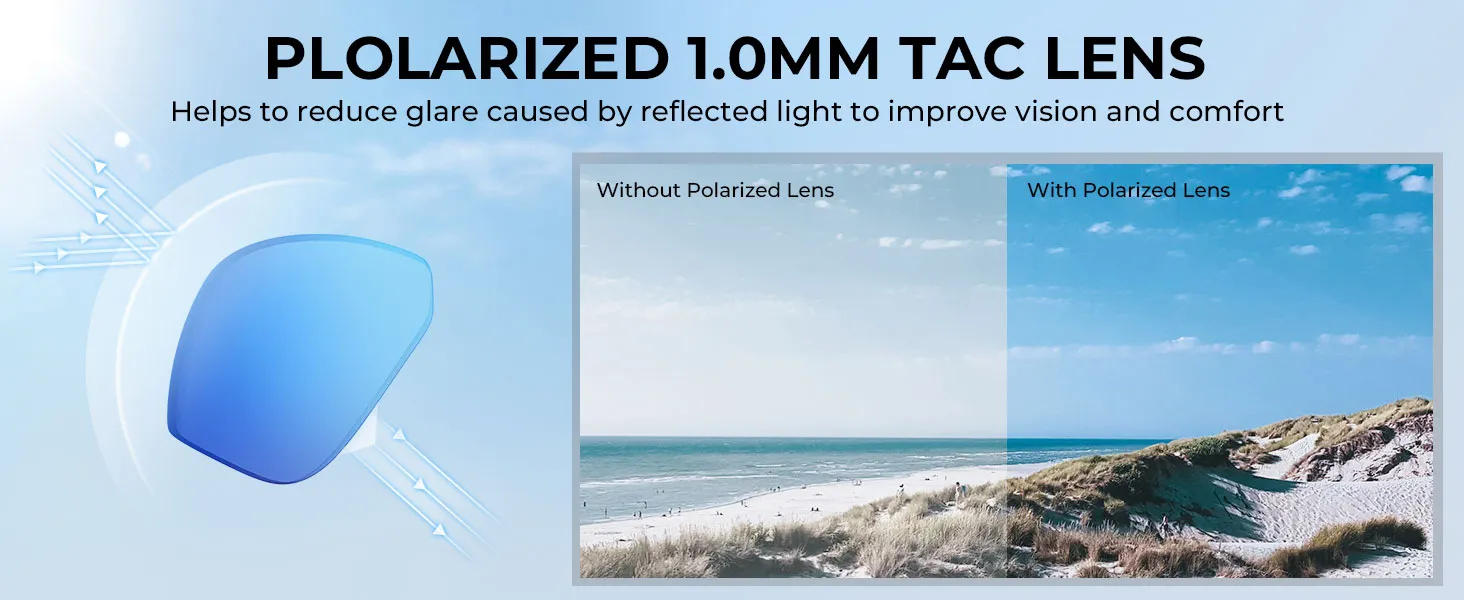
Regular sunglasses just dim everything down. Polarized lenses actually filter out the horizontal light waves bouncing off the water surface. It’s like having X-ray vision into the water column. I’ve watched countless newbies have their minds blown the first time they borrow my polarized glasses and suddenly see the structure, fish, and bottom composition they’d been completely missing.
But here’s the kicker that most articles won’t tell you - not all polarization is created equal. The cheap $20 “polarized” glasses from the big box store? They’re barely filtering 70% of glare, while giving you headaches from optical distortion. I know because I’ve wasted money on dozens of them over the years.
Quality polarization from reputable brands hits 99%+ glare reduction with optical-grade lenses that won’t warp your vision or give you that weird “rainbow effect” on your boat electronics.
Lens Colors - Why It Actually Matters
Ever notice how professional bass anglers almost always wear copper or amber lenses? There’s a damn good reason, and it’s not fashion.
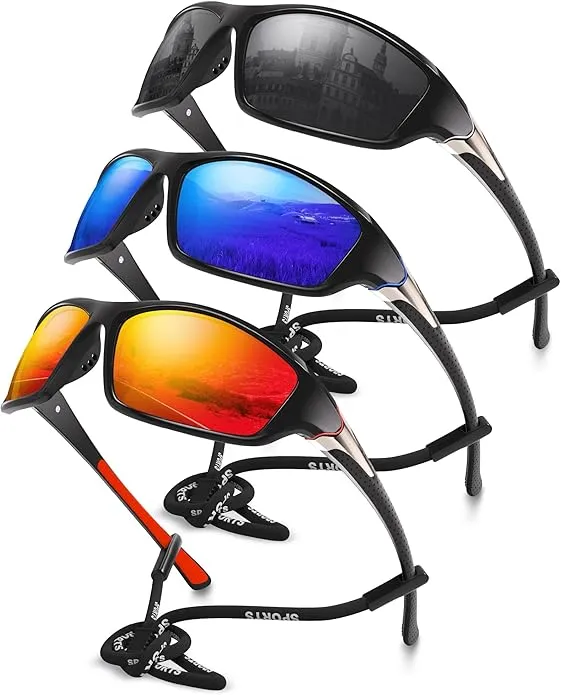
Brown-tinted lenses enhance contrast in green and brown environments - exactly what you need when you’re trying to spot fish against lake bottoms or around structure. I switched to copper lenses in the early 2000s and immediately started spotting baitfish and bass I would’ve completely missed before.
But here’s my real-world breakdown after testing literally dozens of lens colors:
Copper/Amber/Brown - My go-to for 80% of freshwater fishing. These lenses make bass, pike, and walleye stand out like they’re highlighted. The contrast improvement is insane, especially around weed edges where predators lurk. I wear these whenever I’m fishing lakes, reservoirs, or streams with varied bottom structure.
Gray/Smoke - These are my open water specialists. When I’m targeting stripers on massive reservoirs or heading offshore for saltwater species, gray lenses preserve true colors while cutting the harsh glare that’ll give you a migraine by noon. They don’t enhance contrast as much as copper, but they’re better for gauging true depth in clear, deep water.
Yellow/Gold - My dawn patrol secret weapon. When I’m hitting the water at first light or fishing through cloudy days, yellow lenses amplify the available light. They make everything brighter but can strain your eyes in full sun. Perfect for those early morning topwater bites when other anglers can’t see squat.
Frames - The Part Nobody Thinks About Until It’s Too Late
You know what’s worse than poor visibility? Watching your $200 glasses sink to the bottom because they slipped off your sweaty face when you leaned over to net a fish.
After losing three pairs that way (expensive lessons), I now refuse to buy fishing glasses without these features:
-
Rubber nose pads that actually grip when wet - Not the cheap ones that slide down your nose every time you sweat. The hydrophilic rubber that actually gets grippier when wet.
-
Temple grips that lock behind your ears - Those straight temple arms that look stylish? Useless when you’re bouncing across chop in a bass boat.
-
Proper coverage without gaps - Light leaking in from the sides or bottom creates contrast issues and eye fatigue. The best fishing frames wrap around and shield your peripheral vision.
I’ve got a slightly wider face, and finding frames that don’t squeeze my temples while still providing good coverage took years of trial and error. Don’t just order online - actually try frames on and shake your head around like you’re fighting a fish. If they move, keep shopping.
The Truth About Price Points
Look, I’m as frugal as they come with some gear, but after three decades on the water, I’ve learned where to save and where to splurge. Quality fishing glasses fall firmly in the “worth every penny” category.
But here’s my honest breakdown of what you get at different price points:
Under $50: Generally garbage for serious fishing. You might get basic polarization, but the optical clarity will be poor, distortion common, and durability nonexistent. Fine for casual bank fishing a few times a year.
$80-150: This is the sweet spot for value. Brands like Flying Fisherman, Suncloud, and Hobie offer decent polarization, acceptable optical clarity, and frames that’ll last a few seasons with proper care. This is where I started before I knew better.
$150-250: The professional tier. Costa Del Mar, Smith, Maui Jim - these aren’t just brand names, they’re investments in seeing fish others can’t. I’ve had my current Costas for seven years of hard use, and they’re still crystal clear with perfect polarization. The difference in optical quality and durability is substantial, not just marketing hype.
$250+: Diminishing returns territory. You’re paying for fancy materials and brand cachet more than performance improvements. I own one pair in this range (custom prescription Smiths) and while they’re amazing, they don’t help me catch more fish than my standard Costas.
A little insider tip? Watch for last year’s models on clearance. I’ve snagged $230 glasses for $130 just by waiting for the new colors to drop. The optics don’t change, just the styling.
The Prescription Dilemma
If you’re like me and hit your 40s with deteriorating close vision, prescription fishing glasses become a consideration. Here’s what I’ve learned through frustrating trial and error:
Direct prescription polarized lenses are the gold standard but crazy expensive ($400-600). Worth it if fishing is your passion and you can afford it.
Over-the-glasses (OTG) designs have improved dramatically. I used Costa’s Inlet model with my regular glasses for two seasons. Not ideal but functional.
Prescription inserts behind polarized shields give you the best of both worlds at a reasonable price point. This is what I use now with Smith frames.
The worst option? Regular prescription glasses with clip-on polarized covers. Tried it for one miserable season - constant fogging, poor peripheral vision, and they fall off at the worst moments.
Real-World Durability Matters
I’ve watched buddies baby their expensive glasses like they’re handling Fabergé eggs. Meanwhile, I’ve dropped mine on rocks, accidentally sat on them in the boat, and exposed them to salt spray for days on end.
What separates the good from the great is how they handle abuse. My old Oakleys? The frame snapped after one accidental drop. My current Costas? The hinge screws have loosened twice, but a tiny screwdriver fixed them in 30 seconds.
Look for these durability features:
- Integrated hinges instead of tiny screws
- Frame materials that bend rather than snap under pressure
- Lenses that are recessed slightly into the frame for impact protection
What I Actually Wear Today
For freshwater and general use: Costa Del Mar Fantail Pro with copper 580G glass lenses. The glass is heavier but optically superior and scratch-resistant. These are my everyday fishing glasses for lakes, rivers, and inshore saltwater.
For offshore and extremely bright conditions: Smith Guide’s Choice with green mirror ChromaPop lenses. The slightly larger coverage is perfect when light is reflecting from every direction.
Would I recommend these exact models to everyone? Hell no. Your face shape, fishing environment, and personal preferences matter. But the principles I’ve outlined should guide your search.
Final Thoughts From an Old Fisherman
I’ve watched the fishing glasses market explode from a niche product to a fashion statement over the past few decades. There’s more marketing BS out there than ever, but also genuinely better technology.
The best advice I can give you is this: invest in the best polarized fishing glasses you can reasonably afford, take care of them like they’re part of your essential gear (because they are), and don’t fall for gimmicks like “fish-spotting technology” or “enhanced piscatorial visibility” nonsense.
Your fishing glasses are tools, not accessories. When chosen correctly, they’ll help you spot fish, structure, and opportunities that other anglers completely miss. That alone is worth every penny you’ll spend on quality eyewear.
Now stop reading and go fishing. Just make sure you can actually see what’s happening under the surface when you do.
